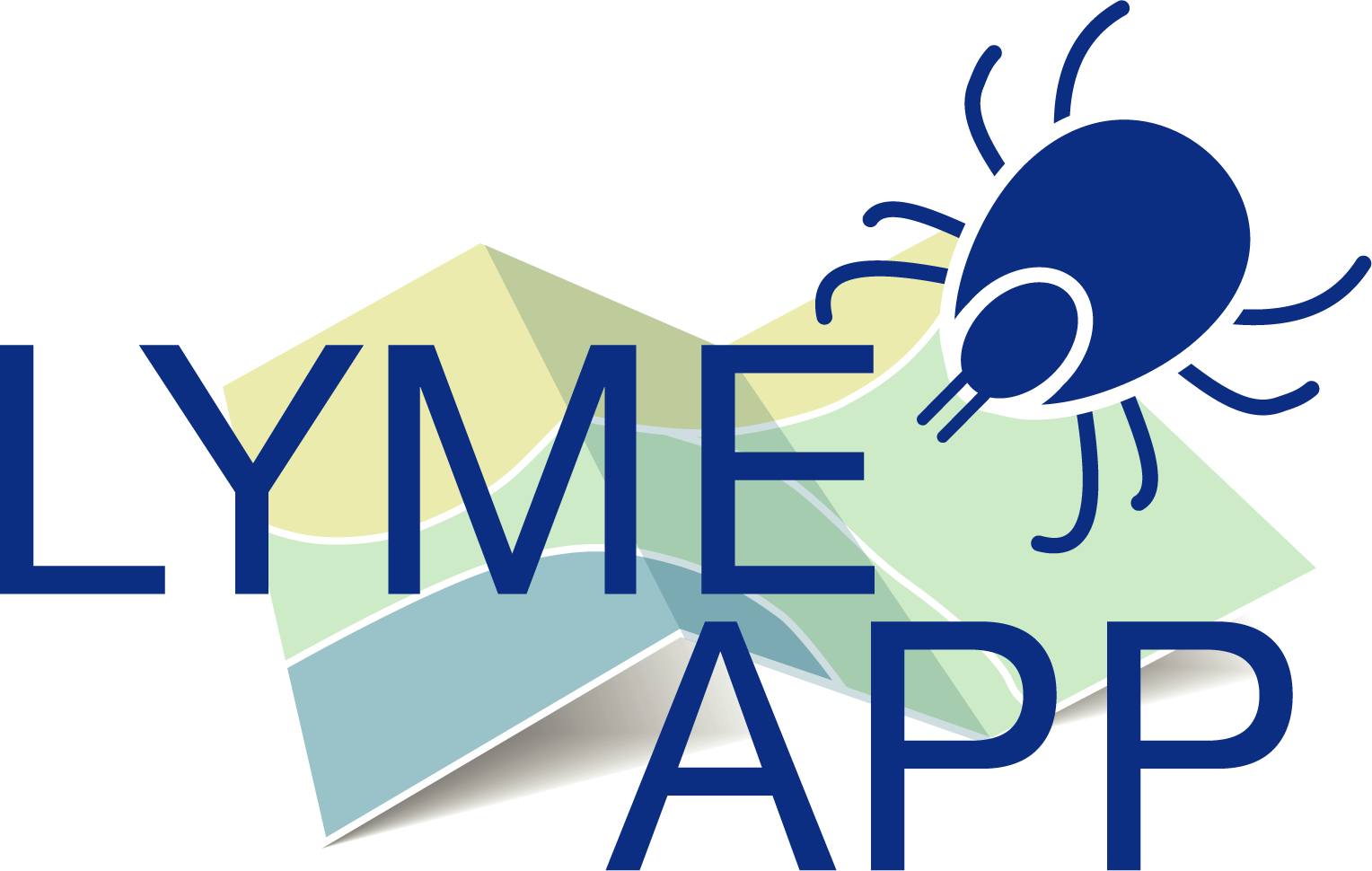The significance of ticks
 The significance of ticks
The significance of ticks
Ticks are ectoparasites – i.e. they live on the external surface of their hosts. Their bite can cause damage on human and animal skin, but can also cause tick paralysis, toxicoses (disease conditions caused by poisoning) and allergic reactions. Furthermore, ticks can transmit pathogenic (disease causing) organisms, such as protozoa, viruses and bacteria during their feeding (4, 5).
In Northern and Western Europe, the hard tick Ixodes ricinus is the most abundant and widespread tick species and is the most common arthropod (no internal skeleton) vector (disease transmitting organism) of pathogens (disease causing viruses / bacteria / micro-organisms) – being of both medical and veterinary importance (6, 7).
Ixodes ricinus can transmit Borrelia burgdorferi s.l., the agent of Lyme disease; Anaplasma phagocytophilum causing human granulocytic anaplasmosis; Rickettsia monacensis causing spotted fever rickettsiosis; Babesia divergens and Babesia microti responsible for babesiosis; the tick-borne encephalitis complex of viruses (including louping-ill virus); Francisella tularensis causing tularaemia, and others (6, 8, 9). Of the three active life stages – larvae, nymph and adults – it is thought that the greatest risk to humans of transmission of the bacteria that causes Lyme disease is from nymphs (10). Larvae are very rarely infected with the pathogen (11, 12) and adults, besides being less numerous than nymphs, are larger and therefore more likely to be noticed and removed quickly (10). Robertson et al. (2000) reported that 82% of human tick bites from a forested area in England were from nymphs (13).
 |
 |
 |
| Unattached Ixodes. ricinus female crawling on skin. | Ixodes ricinus female attached to skin. | Engorged Ixodes ricinus female attached to skin. |
